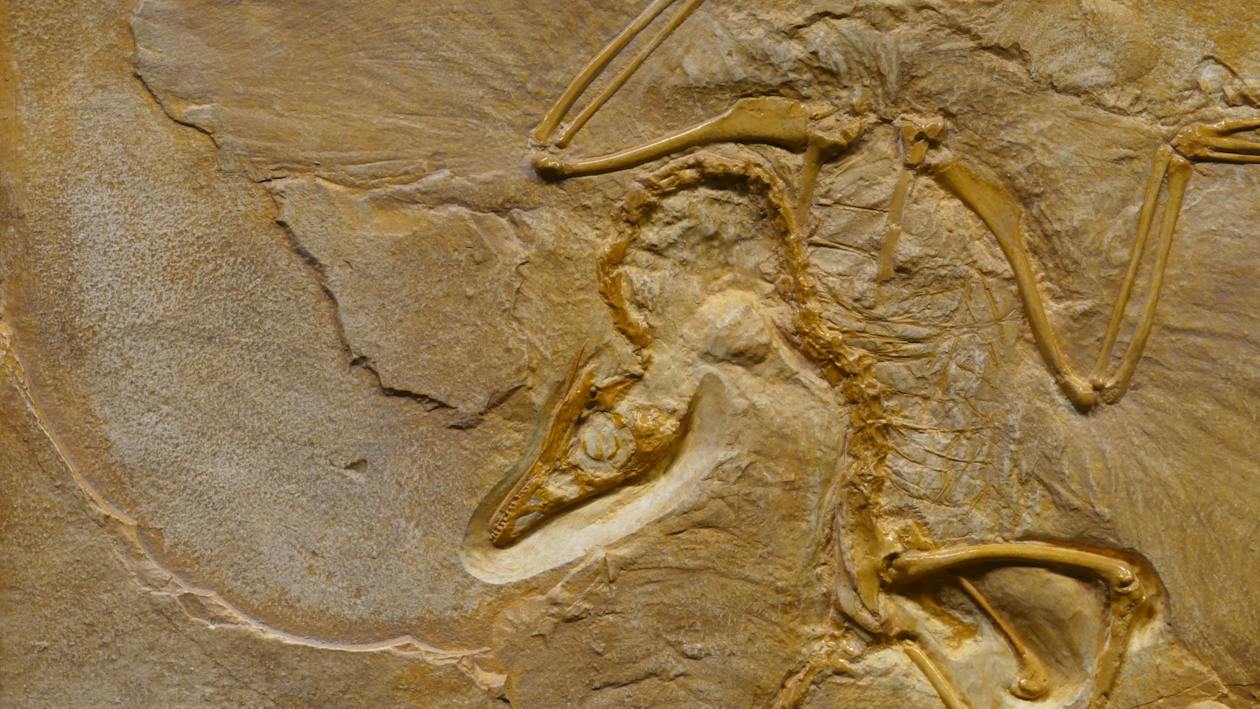Fossils discovered in Niger have helped scientists to find out a lot more information about the massive, meat-eating dinosaurs that once lived and roamed in Africa.
A paleontologist team from the University of Chicago led by a celebrated and world-famous paleontologist, Paule Sereno, has released papers on 2 new carnivores from Gondwanaland. These fossils are believed to be ancestors of the largest dinosaur meat-eaters to ever live.
These are dinosaurs that date back to the Albian Fauna stage from the Lower Cretaceous (around 110 million years ago). One is suspected to be a specialized scavenger, while the other a ferocious predator, featuring teeth made to take down live prey.
The team at the University of Chicago have some of their work and findings published in a scientific journal known as the Acta Palaeontologica Polonica which you can read here.
What Niger Means for Paleontologists
The incomplete, partial fossil skeletons were initially discovered and unearthed in 2000, in Niger, one of the African countries. Niger has since become a productive exploration area for the University of Chicago. Dr. Sereno is responsible for finding several prehistoric animals.
These dinosaurs have received the name Kryptops palaios, which translates into “old hidden face”, while Eocarcharia dinops, which translates into “fierce-eyed dawn shark”. Kryptops have blunt muzzles, a horny type of ridge that covers most of the snout, sharp, and relatively small teeth that indicates that these animals specialized in scavenging kills from other predators.
The Eocarcharia was similar in size to the Kryptops (8 meters in length, and standing 2.2 meters at the hips). They also had bony brows, which is a typical feature of the Allosauroidea family.
The extremely sharp and re-curved teeth of the Eocarcharia is an indication that these species were predators, taking down live prey. It is also thought that the Eocarcharia hunted Nigersaurus, which was a strange type of long-necked herbivore, which is thought to have grazed on vegetation similar to cows.
Nigersaurus is also one of the species researched by Paul Sereno and scientists from the University of Chicago.
The Latest Discoveries and Abelisaurids
Kryptops palaios is believed to be one of the potential members of the Abelisaurs. These dinosaurs had very small forelimbs, even smaller when compared to the Tyrannosaurus rex. The 4-fingered hands were so tiny that scientists are not sure how these limbs served any use to these dinosaurs.
It has been mentioned that like the Tyrannosaurs from northern landmasses, these Abelisaurs evolved foreshortened limbs in order to counterbalance the heaviness of their very large skulls.
Abelisaurs are mainly associated with Gondwanaland. They are large Theropods that featured deep skulls, with somewhat lower teeth and jaws which were probably best suited to raking and gnawing flesh from carcasses rather than used to attack other animals. Perhaps the Abelisaurs had a hunting strategy that scientists are still trying to work out.
The Carnotaurus is the better known Abelisaur, which translates into “meat-eating bull”, which once again has dated back to the 110-million years back ( the Albian faunal stage of the Cretaceous).
Unlike Kryptops, the Carnotaurus was discovered from the lands known today as Argentina. The fossils have been discovered in South America, which means they were living on one side of the “geological rift” that opened up to eventually form the Atlantic.
Potential Allosaur
Eocarcharia might have been one of the members of the Allosaur family. The Allosaurs were the species to die out while the Cretaceous progressed, which was then gradually replaced by the Tyrannosaurs and Abelisaurs, even though many different Allosaurs survived in the form of “living fossils”, across the southern landmass regions.
The group of Allosaurs may be responsible for giving rise to the very biggest land meat-eating animals to ever live. Some of these included the Giganotosaurus and the Carcharodontosaurus, which means “shark-toothed lizard”.
These massive Theropods from Gondwanaland are believed to have grown to astounding lengths of 45 feet or more, and probably weighed 8 Tonnes, which would have made them larger than the Tyrannosaurus rex. Eocarcharia may have been one of the ancestors of this species.
